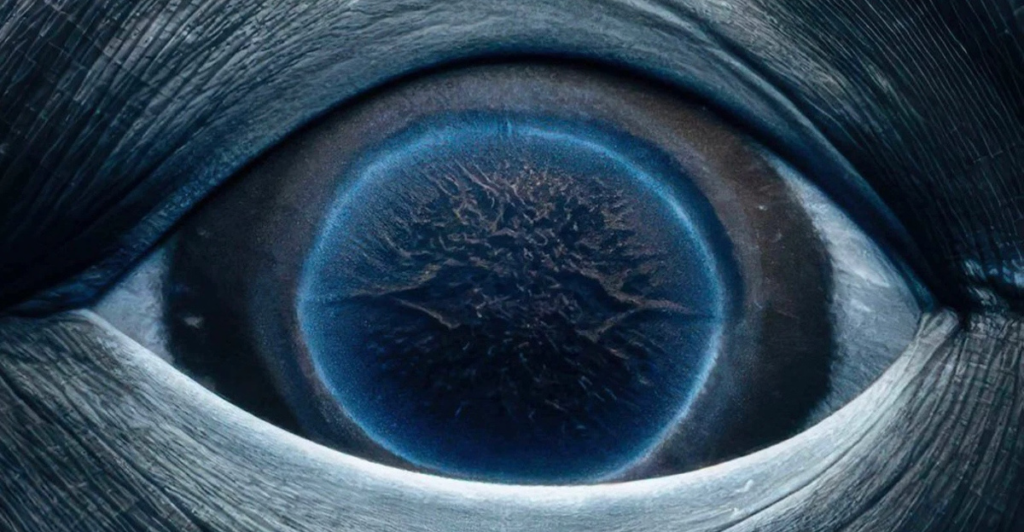
Eyes are not merely for seeing: they are windows to the soul. They tell a story, keep secrets, and can even be hypnotic. The animal world has some of the most intriguing eyes on our planet. However, even though they have beautiful eyes, their purpose is about survival, and they have evolved and optimised over centuries for a reason. Ever wonder why certain fish have glittering corneas, or why a small primate’s eyes are larger than its brain? What about an animal that doesn’t even move its eyes but rotates its entire head instead? As we guide you through this list of the most beautiful and bizarre eyes in nature, you’ll realise there’s so much you didn’t know about animals’ vision. Some will even surprise you. Let’s start with the first unusual set of eyes.
1. Shortfin Lionfish (Dendrochirus brachypterus)
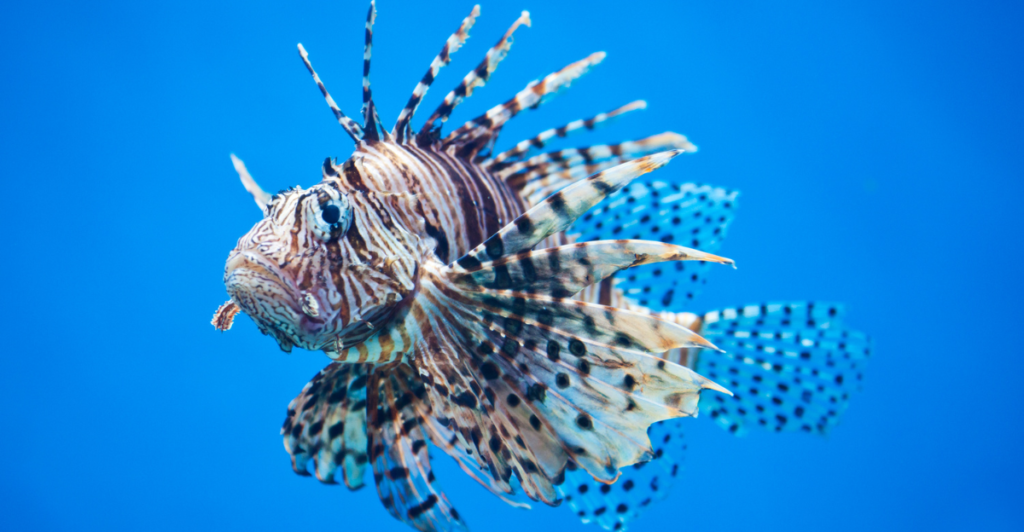
The shortfin lionfish has striking radiating bands of corneal iridescence, causing its eyes to shine like liquid metal. Its home is in shallow oceans, where this peculiarity can blend in with the sun-dappled ocean floor. Scientists think that the iridescence acts as camouflage, fooling predators as the lionfish hides amongst coral.
2. Choutengan Celestial Goldfish (Carassius auratus)
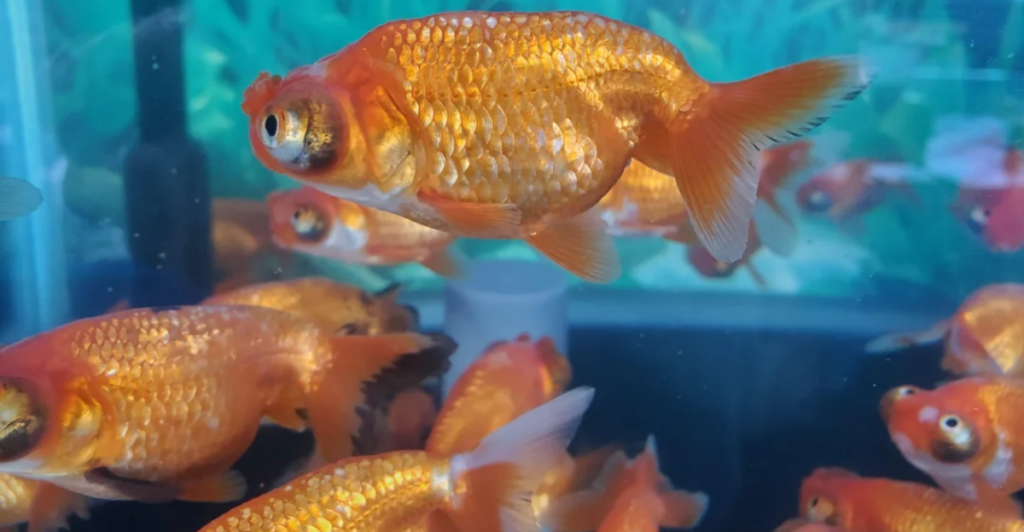
With eyes that are always tilted, this goldfish looks perpetually surprised. But its unique eye position means its vision is not optimal. However, these fish can still get around their aquatic universe easily using their other senses.
3. Goat (Capra hircus)
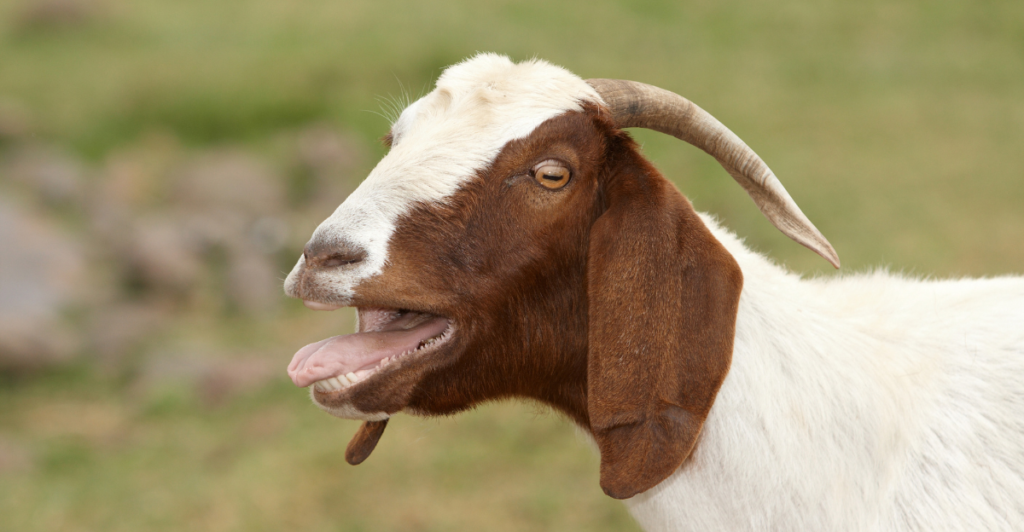
Goats possess some of the most incredible pupils among all animals: rectangular, horizontal slits with an extremely minute field of view. It aids them in capturing predators even on the periphery of their eyes. Their fundus, or the eye’s reflecting layer, is blue light-emitting upon exposure to light.
4. Sturgeon Caviar (Acipenseridae)
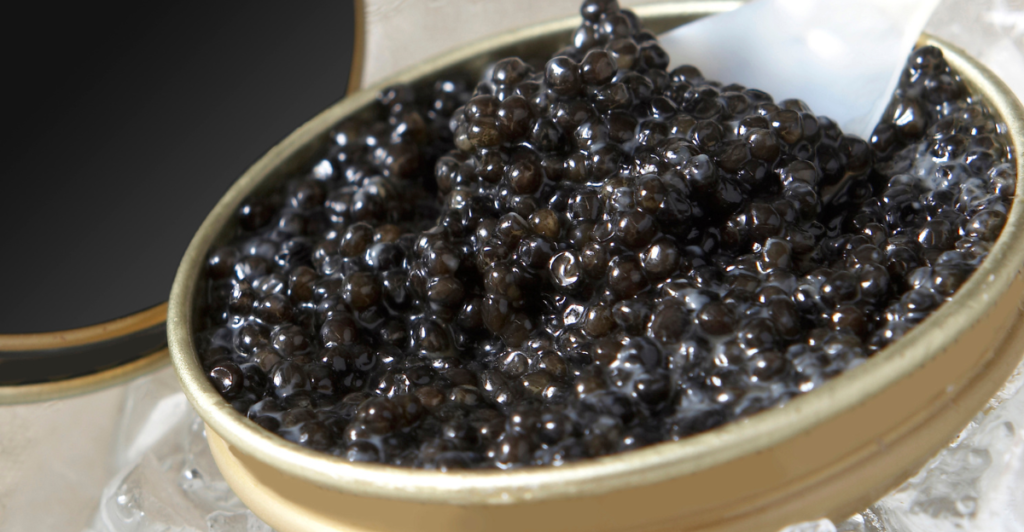
Fish eggs with eyes? Yes! Sturgeon caviar, a common ingredient on the menus of sushi restaurants, holds embryos with huge, visible eyes. This doesn’t necessarily make them more appetizing, but they represent a peek into the origin of life for sturgeon fish.
5. Tarsier (Tarsiidae)
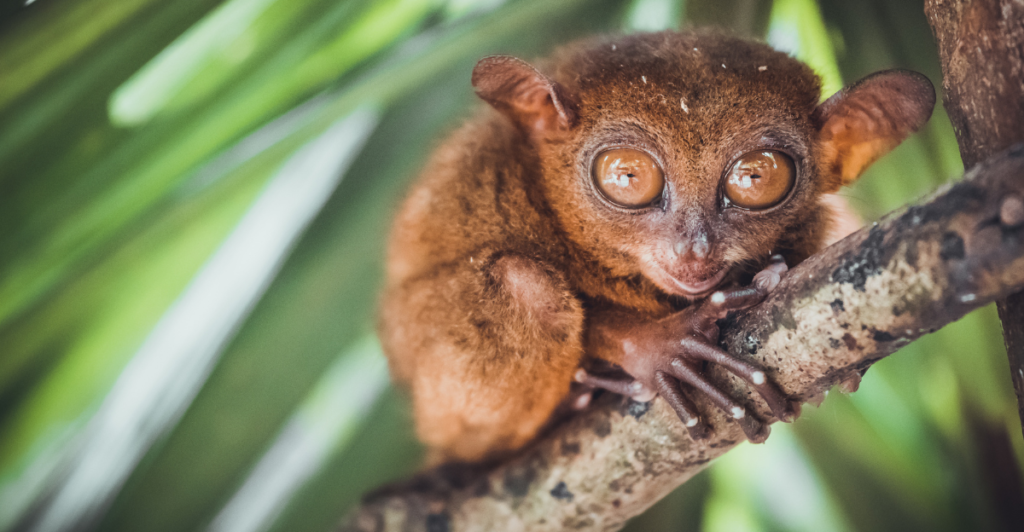
Tarsiers’ eyes are huge and take up most of their skull. Each eye is bigger than their brain. Their eyes don’t move, so they turn their head nearly 180 degrees to look around. It helps them catch prey at night, and they are one of the best nighttime hunters in the animal kingdom.
6. Scallop (Pectinidae)
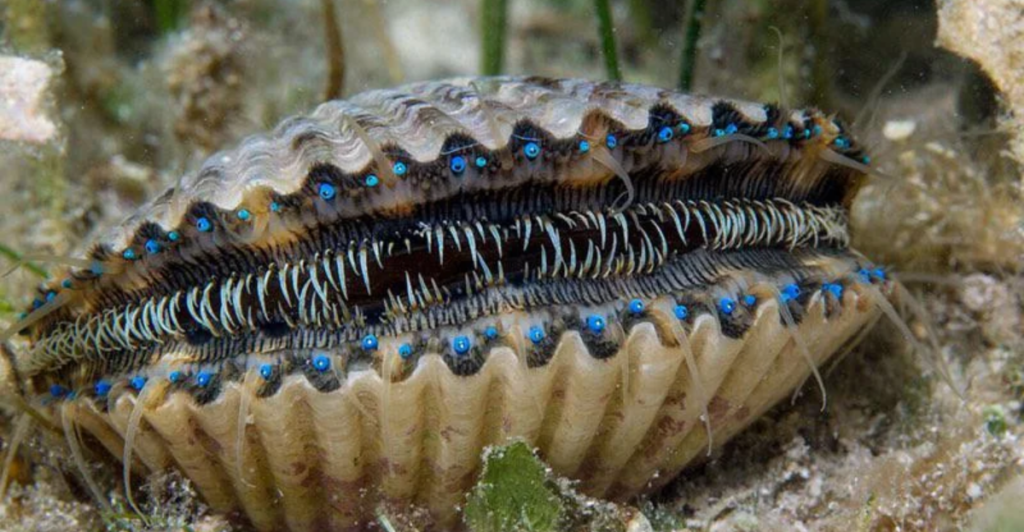
It’s difficult to see, but scallops have an impressive series of tiny, jewel-like eyes along their shells. Each has a reflective layer inside that allows them to sense movement and light, and they possess a surprisingly advanced vision system for a bivalve.
7. Tufted Puffin (Fratercula cirrhata)
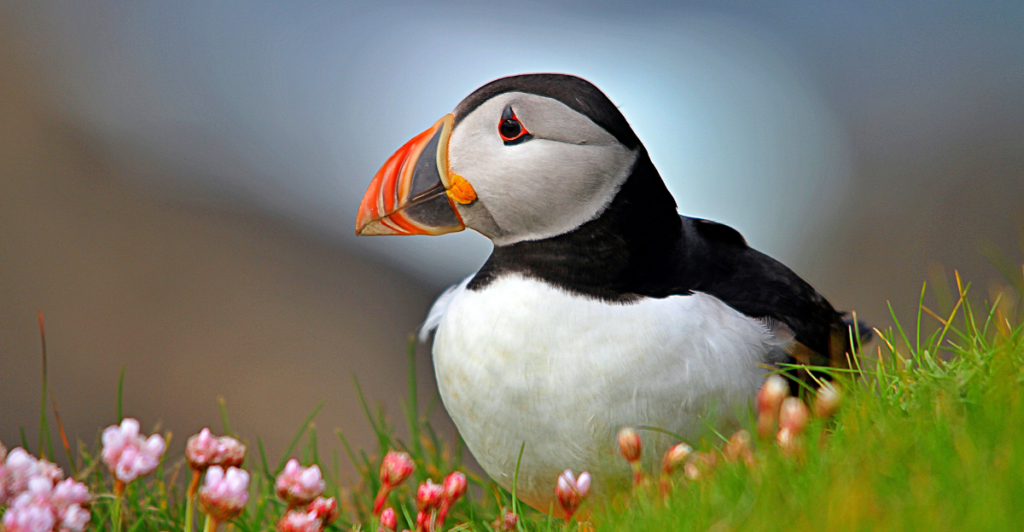
Its eyes are rimmed with a high-tech white “eyeliner” and topped by a crested feather tuft. Its distinct eye anatomy also improves its underwater sight to allow it to pursue fish underwater.
8. Crocodilefish (Cymbacephalus beauforti)
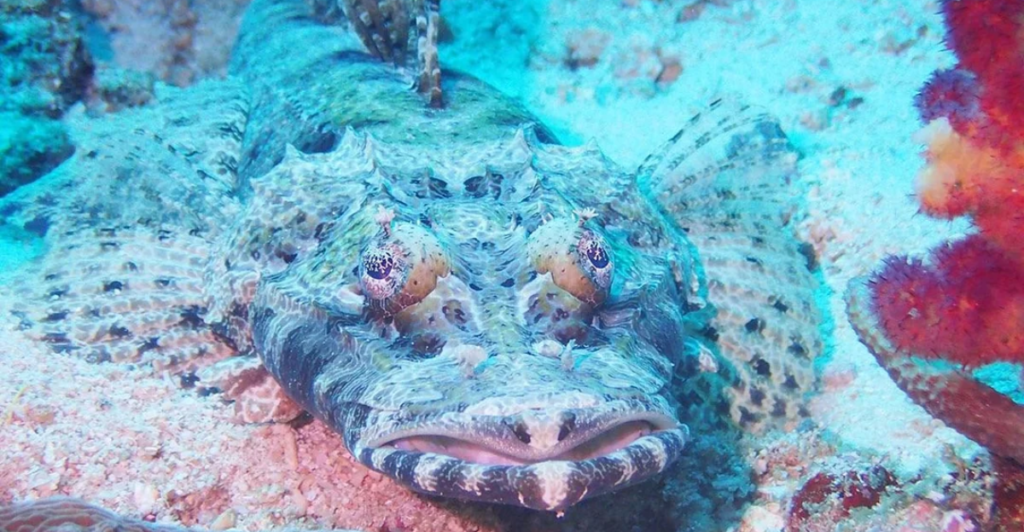
Its eyes resemble small coral heads. The crocodilefish leaves nothing to chance when it comes to camouflage. Its iris contains detailed, multilobulated appendages which fragment the shape of the eye so that it can be virtually invisible to both predators and prey.
9. Red-Eyed Tree Frog (Agalychnis callidryas)
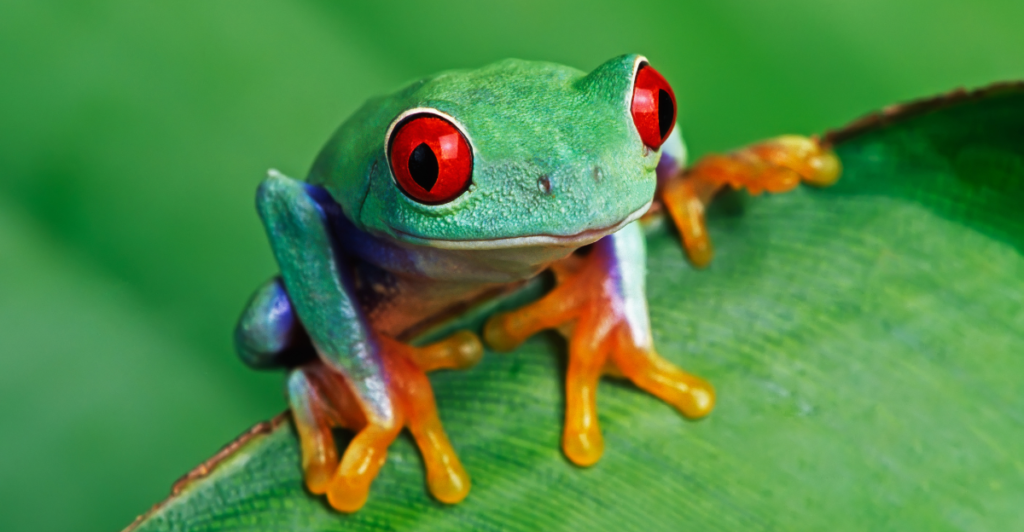
Nature’s traffic light. The red eyes of the red-eyed tree frog are a natural warning system. When startled, it blinks its eyes open as brightly as it can, dazzling predators long enough to dash away quickly. Its transparent third eyelid is like a shield but the frog cannot see through it clearly.
10. Great Cormorant (Phalacrocorax carbo)
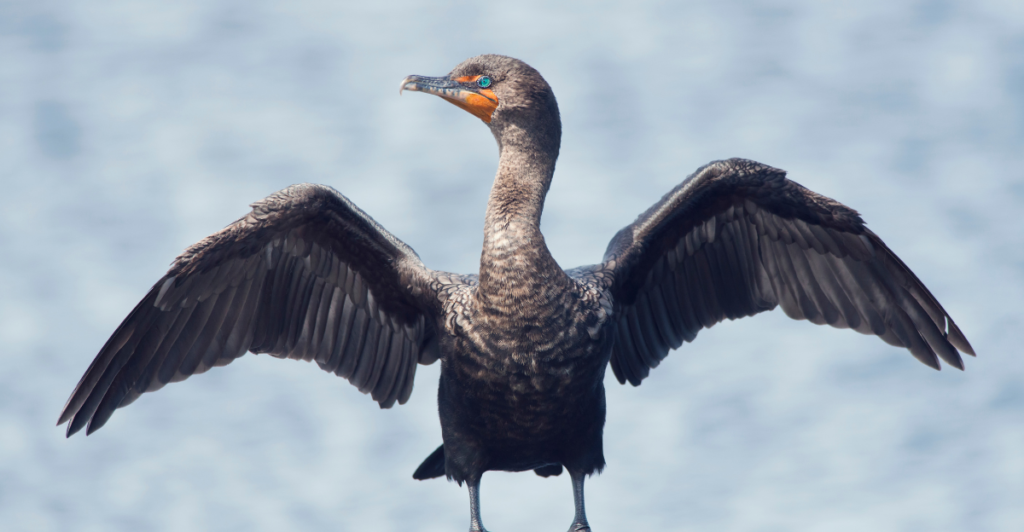
The great cormorant’s stunning green-blue eyes demonstrate the broad range of eye colors exhibited in birds. These diving hunters rely on their keen eyes to look below the water for fish, making their large eyes not only beautiful but also optimal for survival. From fish with sparkling corneas to birds with gemstone-colored irises, the animal kingdom is full of breathtaking eyes that do a whole lot more than just see. Each adaptation is a story of evolution, survival, and beauty. Which one surprised you the most?
Explore more of our trending stories and hit Follow to keep them coming to your feed!

Don’t miss out on more stories like this! Hit the Follow button at the top of this article to stay updated with the latest news. Share your thoughts in the comments—we’d love to hear from you!







